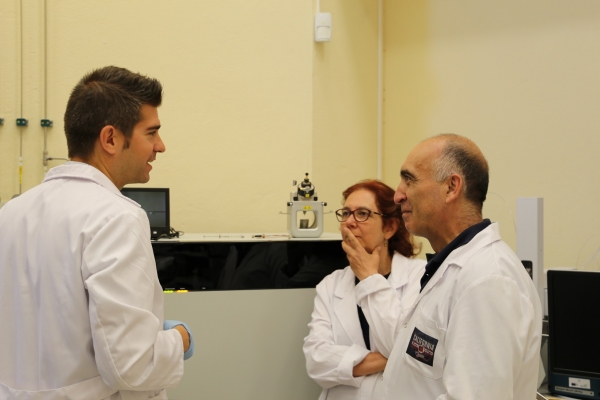Deep in the heart of a protected area like Doñana National Park, it is supposedly clean and free from pollution compared to other kinds of areas such as a big city’s downtown area. However, it does not always work out that way, since natural environments get a growing number of pollutants. In the specific case of Doñana, we suspect this is due to its geographical location, as it is close to Huelva’s chemical park and surrounded by areas with a great amount of agricultural activity.
Measuring the effects of toxic compounds on the organisms that inhabit the area in order to find solutions early on is the task taken on by a team from the Department of Biochemistry and Molecular Biology at the University of Cordoba, led by José Alhama and Carmen Michán.
In order to detect the level of environmental pollution in Doñana Park, they assessed the biological effects of these pollutants on western Mediterranean mice, unprotected natural inhabitants, that became land bioindicators of the toxins present in the area.
Specifically, they studied oxidative damage in proteins, the main targets of oxidative stress. This kind of stress is one of the most important effects of the pollutants, that is also related to different diseases.
Technicians Carlos Fuentes and Eduardo Chicano, from the Central Service for Research Support (abbreviated to SCAI in Spanish) and the Maimonides Institute of Biomedical Research (abbreviated to IMIBIC in Spanish) respectively, performed mass analysis techniques in redox proteomics (the set of proteins damaged by oxidative stress).
By doing a general study of which proteins are oxidated, pollutants that affect key biological processes are revealed. Examples of these key processes are protein replacement to repair oxidative damage or processes related to eliminating toxins, that take place in the liver, even to the point of causing significant damage to this organ, influencing the accumulation and permanence of the toxic effect in the organism.
While the study of other key bioindicators in aquatic ecosystems, like red crabs, revealed a high level of oxidation in rice fields near Doñana Park, this also warns us of the presence of pollutants in the heart of Doñana.
This kind of analysis allows for detecting whether pollution is present and how this affects the organism in question, in order to tackle it before it reaches higher levels of organization, a situation that could lead to greater negative or even irreversible effects.
Michán, C., Chicano-Galvez, E., Fuentes-Almagro, C., Alhama, J. (2019): Redox and global interconnected proteome changes in mice exposed to complex environmental hazards surrounding Doñana National Park, Environmental Pollution, Vol 252, Part A, PP 427-439, https://doi.org/10.1016/j.envpol.2019.05.085.


